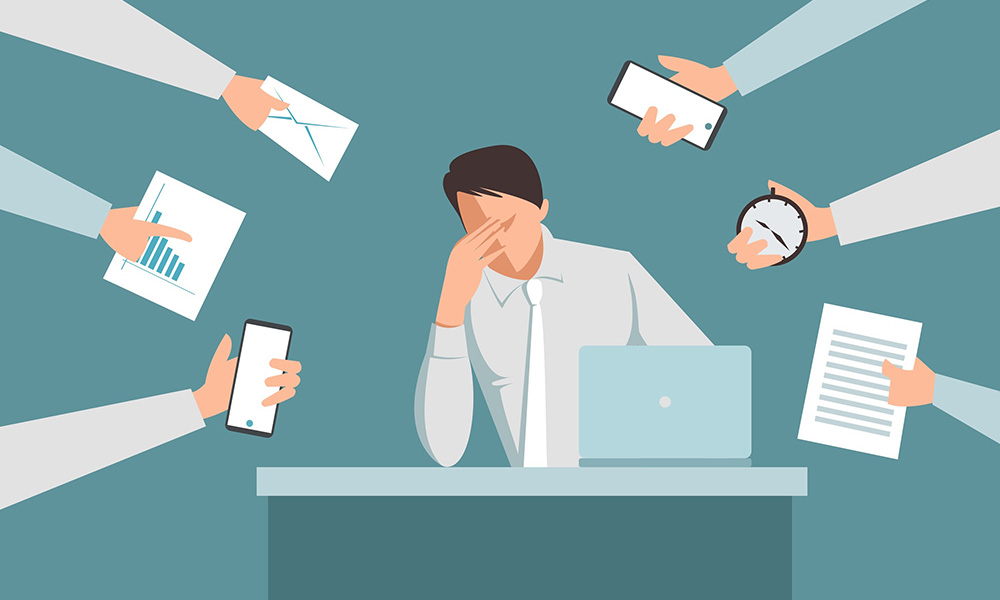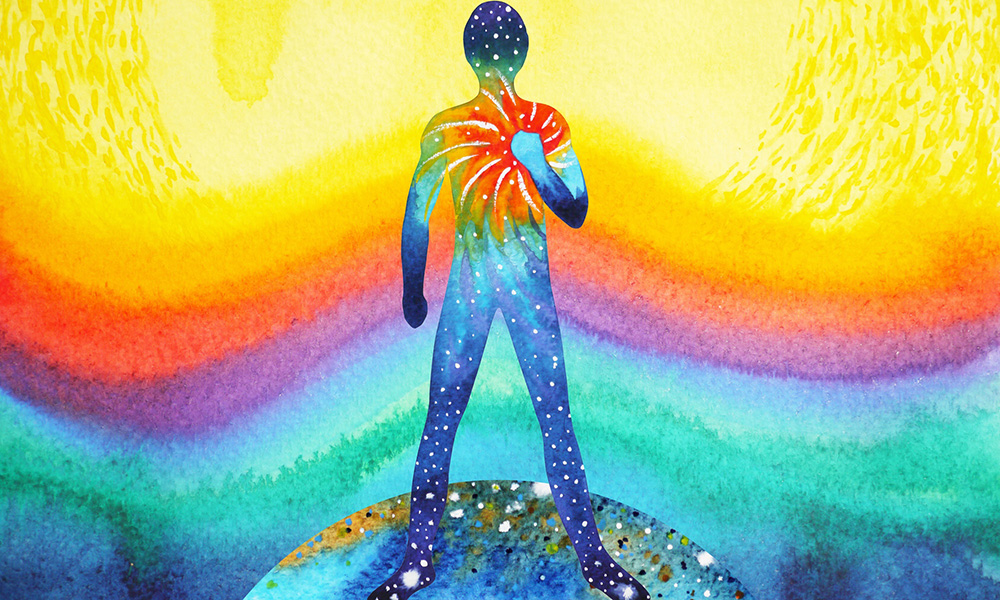In today’s world, we are constantly faced with time crunches. ASAP has become a way of life. Under these conditions, it’s all too easy to get sucked into an endless speed cycle. When life moves fast, we try to cope with it by moving even faster! We strive to “stay ahead”, “move quickly” and “fail fast” – after all, aren’t these the modern mantras for success?
This fleet-footed attitude is driven by the belief that moving quickly is necessary to not get left behind. But, in the long run, does it really? Speed comes with its own costs – rash decisions, miscommunications, tunnel vision and unoriginality, to name a few. On a personal level, an unwavering preoccupation with “go, go, go” can make us anxious, stressed and self-centred. It can also cause us to eventually burn out – a particular hazard for high-achieving leaders.
Here is where the value of slowing down comes in. It may sound paradoxical but pumping the brakes at key moments can actually help you move faster and more effectively later. So, this week, my message focuses on the power of slowing down to speed up. What are the setbacks caused by moving too quickly? And what steps can we take to press pause?
Here are 8 common costs of speeding through work and life. Do any of them ring a bell for you?
- Mistakes and rash decisions, which can prove to be time-consuming and costly down the line
- Miscommunications, caused by rushed exchanges and careless words
- Ambiguity, due to lack of reflection and clarity
- Tunnel vision, making it difficult to consider other alternatives
- Short-term thinking, seen in the form of reactive responses and quick fixes
- Lack of originality, because there’s no time or space to innovate
- Stress and anxiety, caused by constant busyness
- Strained relationships, due to selfishness and thoughtlessness
To minimize the pitfalls of the constant chase, it is vital for us to take deliberate, structured pauses – as individuals, and as leaders. Leaders who refuse to slow down pose a particular threat because of their exponential effect. The casualties of your frenzied approach can include your team members, the business you lead, and your loved ones – not to mention YOU.
A Forbes article on this topic highlights the transformative journey of KONE Americas, a leading player in the elevator and escalator industry. Some years ago, the business went through a tough time, grappling with growing complexity and going through five CEOs in seven years. The rest of the leadership forged ahead as best they could, but their thinking had become reactive and lacked clear direction. As the authors explain:
Slowing down at key times to use dialogue for deep diagnosis has allowed the business as a whole to power up. Time lost at the front end has translated into clarity, speed and strength further along in the process.
A study of 343 businesses (conducted with the Economist Intelligence Unit) confirms the wider applicability of this lesson. Researchers found that companies that chose to “go, go, go” ended up with lower sales and operating profits – as opposed to those that paused at key moments to ensure they were on the right track.
What’s more, companies that “slowed down to speed up” showed 40% higher sales and 52% higher operating profits over a three-year period.
Strategies to press pause
So, how exactly can you slow down to speed up? Here are eight suggestions for you to consider:
1. Look in the rear-view mirror.
Intentionally reflecting on the year gone by is an excellent way to get started. As 2023 begins, schedule a one-hour reflection session for yourself. Simply sit and think about this past year. What went well? What didn’t? What did you start doing that you want to continue? And what do you want to change, or stop? Did the year offer any lessons? Reviewing the past offers valuable insights for the future.
2. Ask the right questions.
Addressing complex challenges calls for 90% inquiry and 10% decision making. As Einstein famously said:
If I had an hour to solve a problem and my life depended on it, I would use the first 55 minutes determining the proper question to ask, for once I know the proper question, I could solve the problem in less than five minutes.
The Forbes article mentioned above explains the importance of slowing down to properly assess challenges:
When we don’t slow down, we run the risk of spending time and money reacting to symptoms. When leaders hit the pause button on action and decision making, they can have different and deeper conversations. Slowing down helps you see information, patterns and issues that were previously overlooked or unclear. You can find multiple right answers and integrate them for better decisions and sustainable solutions.
3. Put your long-term vision front and centre.
Cultivate long-term thinking, as opposed to an endless succession of band-aid fixes and quest for the proverbial low-hanging fruit. It can help to have a visual reminder of your long-term priorities: place this in your line of sight, perhaps on your desk or wall. Next time you’re faced with a problem or dilemma, glance over to remind yourself of your ultimate objective.
4. Decelerate the decision-making process.
Today’s corporate culture puts a premium on immediacy. Unfortunately, when we rush to fix problems and make decisions on the fly, mistakes happen. Critical data gets missed, good alternatives get overlooked, and short-term thinking wins the day. As Melissa Eisler explains:
Creative problem solving requires patience, curiosity, space, collaboration, and open-ended discussions…. Create a process that requires you to pause at key moments in the decision-making process, review data, and include other perspectives before finalizing an important decision.
5. Create buffer zones.
Have you noticed how even a perfectly scheduled day can end up becoming hurried and chaotic? That’s because we rarely leave space for two things – transitions and surprises! Transitions refer to the time it takes to switch from one thing to the next – a process that generally takes longer than we anticipate. Similarly, our schedules aren’t equipped to deal with unexpected things – be it a traffic jam or a sudden crisis in the team. Remember, no plan survives first contact with the workday.
By building buffer zones into your calendar – an extra 5 minutes here, an extra 10 there – you can avoid getting caught in a frenzied rush. This way, you have the time and space you need for the curveballs brought by the day. And if you end up with a few free minutes, great! Breathe deeply, do some stretches, or listen to your favourite song – all good ways to replenish your energy.
6. Learn to say no.
A big reason for moving so quickly through life is that we want to do it all. Reality check: we can’t! This is where the art of prioritization comes in. One of the most crucial lessons I’ve learned is to say no to things that don’t align with my beliefs, objective and purpose. Saying no is liberating. It frees up your time, energy and mind-space – which actually allows you to complete the things that do matter even faster. Warren Buffet recommends listing your top 25 life goals by priority, then putting the bottom 20 in cold-storage until the top 5 are completed.
7. Rethink your activity level.
As a leader, your activity level impacts everyone around you. Do you send out emails and Whatsapp messages at a frenetic pace through the day – and on weekends? Do you schedule meetings at all hours? Do you react instantly to issues, and demand immediate answers and solutions from others as well?
If yes, you may be setting an unsustainable pace that can hamper your team’s energy, focus and performance. Slowing down personally will allow you to identify the “rush points” in your managerial style. When leaders model thoughtfulness, their approach filters down. As Deb Coviello notes:
When you exercise the muscle of restraint to not get everything done now, your discipline in slowing down is felt by many in the employee ecosystem.
8. Relearn the art of “doing nothing”.
As kids, most of us spent hours “doing nothing”. Now, as adults, we need to rediscover that lost art. Carve out an hour a week for yourself to do nothing. No screens, no classes, no agenda. Simply potter around and do whatever catches your fancy. Doodle. Nap. Daydream. Call a friend. Even a short span of unstructured time can do wonders. It gives us back a sense of leisure, play and possibility. It declutters the mind and allows us room to breathe – the ultimate antidote to busyness.
Whenever we’re asked to press pause or reflect, our go-to excuse is “I just don’t have the time right now”. The irony is that if we don’t slow down at key moments, we will never have the time! Going through life at a frenzied pace takes a toll on our effectiveness, wellbeing and relationships. Let’s make time to assess our priorities, tweak our workdays, and cultivate a more thoughtful approach.








Comments